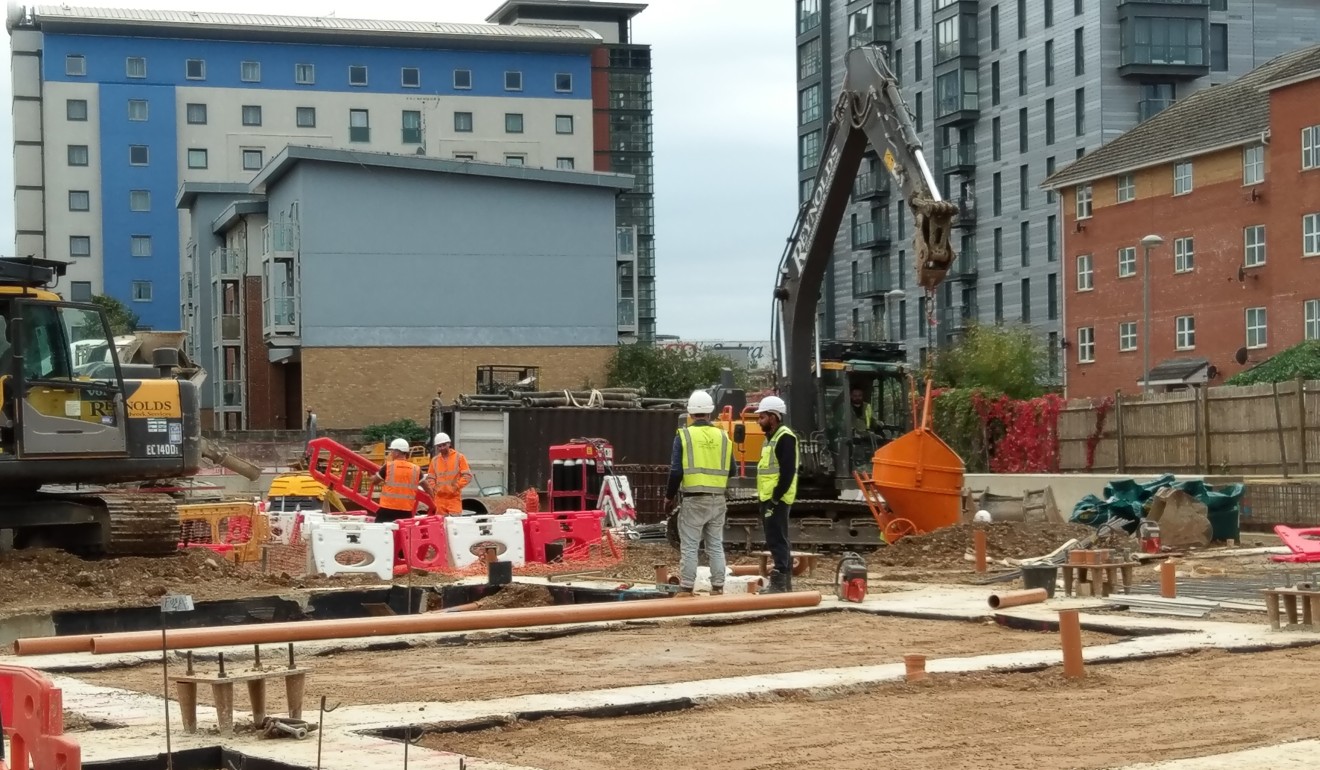
London’s outer boroughs draw foreign investors seeking cheaper housing, new rail links
- The western fringes of Greater London are set to benefit from convenient access to the City of London, Heathrow and Canary Wharf when Crossrail opens next year
London’s outer boroughs located near the soon to open Crossrail system are garnering attention from foreign property investors seeking cheaper alternatives to inner London housing, while still maintaining convenient access to the airport and main business districts, according to industry experts.
More affordable housing options are attractive to some offshore buyers ahead of the expected pinch from the additional levy on purchases by foreign buyers, not to mention economic uncertainties on the UK’s looming exit from the European Union, or Brexit.
Prime Minister Theresa May announced in October her government will begin consultation in January on a proposed 1 per cent extra stamp duty on property purchases by non residents in England and Northern Ireland.
It was milder than the government’s indication in September that it was considering a levy of 1 to 3 per cent to raise funds to help the homeless.
“Whilst an increase still wouldn’t be welcomed with open arms, the prospect of the potential size of it will at least be a relief for investors globally,” Andy Foote, director of developer SevenCapital, said.
“For medium to long term investors, where the goal is both capital growth and passive income, a 1 per cent surcharge, whilst it increases the initial investment, overall it will prove insignificant.”
If a levy is imposed, overseas investors will be further lured away from inner London to more affordable regions. Birmingham as well as smaller communities such as Slough and Reading are likely to be on the radar of investors, as future price gains look promising thanks to improved rail links that will help shorten commuting times to inner London, he added.

The average home price among inner London boroughs fell 1.6 per cent to £583,251 (US$750,061) in August on year, while prices in outer London boroughs rose 1.2 per cent to an average £436,347, according to UK Land Registry data.
In Slough, at the western fringes of Greater London, a 1.4 per cent gain to £306,822 was recorded. Research published by JLL in 2015 predicted bigger gains for districts near Crossrail projects than elsewhere.
Southall, a district in the western London outer borough of Ealing with just over half its population of South Asian descent, is set to see a major transformation over the next two decades thanks to the Crossrail service upgrade.

More than 6,000 new homes are in the construction pipeline, including an 85-acre former gasworks that will be redeveloped into 3,750 residences over 25 years by Berkeley Group. Other projects include the 302-unit The West Works by Redrow, the 118-unit Greenview Court by Galliard Homes and a 550-unit project by Stanhope and Network Homes.
According to Catherine Che, head of China region at Sotheby’s International Realty, the selling agent of Greenview Court, Hong Kong and mainland Chinese buyers accounted for about a quarter of the units sold so far.
She said they are attracted by affordable prices and the convenience of the eight minute Crossrail journey to Heathrow airport and a 24 minute ride to the City of London – around 15 minutes less than the current train journey.
For Slough, which is five Crossrail stations further west of Southall, the commute time to Canary Wharf financial district will be cut to 46 minutes via direct train, from just over an hour with two platform changes currently.
Che noted that Chinese investment demand for UK properties has been resilient, regardless of a 3 per cent extra stamp duty on second homes purchases introduced in late 2015, as well as the mid-2016 referendum in favour of Brexit.

She shrugged off concerns that lingering Brexit uncertainties, the US-China trade tensions and slumping stocks markets in Shanghai and Hong Kong would crimp their interest in UK property.
“Chinese buyers, especially those after high end properties, do not come to the UK with the objective of making a killing, they are mostly seeking a safe place to park their money and diversify their asset portfolios,” Che said.
Seraphina Wong, a Hongkonger who after the Brexit vote bought a unit at the Iron House project in Slough for investment and potential use by her daughter, said she does not hold out much hope for any price gains on her investment given Brexit uncertainties.
“Still, for me, this is an affordable investment and renting it out is not a problem as Slough has a big business park, and it will also be very commutable for young professionals working in London after Crossrail opens,” Wong said.

